If you are the owner of a 2019 Chevy Silverado or GMC Sierra, listen up. There have been significant changes from the 2019 models to the previous model, and unless you take your car somewhere that is aware of these changes, your safety might be compromised in the repair process. We want Cherry Hill drivers to be mindful of what these changes are, so you know what your truck needs in the repair.
Every car manufacturer has detailed repair procedures made just for your car. These procedures change with each time a vehicle has a model change, which can be every year or even twice a year. Proper collision repair doesn’t take shortcuts, which is why these repair procedures are to keep your safety as the top priority.
Recently, Ford and GMC released repair procures on how to repair their Silverado and Sierra vehicles. Even though these repairs are the only option to ensure your car is repaired the right way, many body shops will ignore them and repair your vehicle the same way they have for years. Since both cars are composed of a combination of steel and aluminum, there are strict requirements when repairing any aluminum vehicle. This is important to note because aluminum has an entirely different repair procedure than steel, but not every body shop has the proper tools to work with aluminum. It also requires extensive training, which only the best shops have.
Because of the “mixed materials strategy,” the 2019 Silverado is 450 pounds lighter than the previous model. In fact, the body on the 2019 Silverado weighs 88 pounds less than the 2018 model, and the 2019 Sierra is 360 pounds lighter than the previous generation. All of this plays a significant role in how your car should be repaired.
The importance of a shop knowing how to work with aluminum:
To properly repair a car or truck made with aluminum material, technicians need the specific knowledge associated with it. Aluminum can’t be welded like steel since it reacts to heat entirely differently. Complete panel replacement, adhesive bonding, or mechanical rivet bonding are some of the most common OEM procedures for aluminum.
Technicians also need to use tools and equipment specifically for aluminum. Body shops need to have an entirely separate aluminum downdraft cleanroom to make any aluminum repairs. You can’t just jump from repairing steel to aluminum. Even if airborne steel flakes get on a raw aluminum panel, it can cause galvanic corrosion (rust) on your car.
We at Cherry Hill Collision know more and more cars are being created with a combination of different materials, which is why our technicians have received the necessary training to do what’s right for your car. We are fully equipped with handling any steel or aluminum-based repair and know how to do it the right way.
What do Chevy and GMC say about repairing the Silverado and Sierra?
For starters, the repair manual has an extensive list of repair procedures that are “the most ever seen in a GM vehicle.” This list will provide technicians with the knowledge on repairing different areas on your truck and offer different options that would call for sectioning, welding, cutting, or even removal of that part. Although the Chevy Silverado and GMC Sierra are structurally very similar, they are still different vehicles.
This is why technicians need to know different brackets will require installation, based on whether the vehicle is a GMC or Chevy, as an example. As we mentioned above, both are comprised of a combination of high strength steel and aluminum. However, the regular cab pickup does not have aluminum doors and only has steel doors. You may not know what your doors are made of, and that’s entirely okay. It’s the shop’s responsibility to proper any necessary research to know precisely what parts of the vehicle are aluminum and what parts are steel.
What’s also important to note and what many shops get wrong is they assume just because a vehicle was assembled a certain way in the factory, that is how it should be repaired. The box of the Silverado and Sierra have several repair procedures is just one example of that. The box in your truck could have task lights and outlets built-in that need attention, especially if you’re rear-ended. Unless a technician is willing to look up the repair procedures, these might go unnoticed in the repair, and you’re left with a half-repaired vehicle.
Calibration requirements on the Silverado and Sierra:
One of the newest repair procedures to hit body shops over the past couple of years is something known as calibration. This is a modern repair procedure to accommodate the advanced safety features built into just about every vehicle manufactured nowadays.
What you may not realize are these advanced safety features (aka ADAS) are created with different technologies using camera, ultrasonic, and radar sensors. An ADAS calibration is an extensive process to make sure the cameras and sensors of these systems are correctly performing their designated functions.
Below are the different areas on the 2019 Silverado and Sierra:
- There is a forward-facing camera on the rearview mirror responsible for Adaptive Cruise Control and Lane Keep Assist systems.
- The rear bumper has blindspot sensors in the corners, whereas the front bumpers have ultrasonic parking sensors.
- There are cameras located in the grille, side mirrors, and tailgate, which are part of the 360 Camera System.
If any of these cameras or sensors are removed or replaced, calibration will be required. The same applies if the windshield is removed or replaced since that’s where the forward-facing camera is located.
Why are we letting you know about the different areas needing calibration? Well, many body shops might skip over this step and assume if no lights are appearing on your dash, nothing needs to be fixed. However, these cars are complex machines that need proper attention and their own unique repair procedures. Otherwise, there’s no guarantee if these safety systems would even be able to continue working.
A lousy repair could mean total repair failure in those systems, and then what? Your risk of getting involved in an accident increases, all because of a shop doesn’t look up the necessary repair procedures.
Who in Cherry Hill knows how to repair my Chevy Silverado or GMC Sierra?
We at Cherry Hill Collision realize a lot of this may be confusing to you, especially if it’s been a while since you’ve required any repair for your vehicle. We hope that by informing customers about the various repair procedures out there for their car, you’ll feel more confident going into the repair process.
We want to show you how car repair is done right by providing you the highest quality in collision repair performed by our team of highly trained technicians.
We are also proud to be able to say we are among the 10% of autobody shops that are I-CAR Gold Class trained. This training guarantees every single vehicle that leaves our shop is precisely repaired with the most up to date standards, so you and your passengers are safe.
Let us help you with your auto repair process by calling (856)-663-0500. Or to schedule an appointment or get an online quote, click here to get started or click any of the buttons below!
We look forward to hearing from you and helping you with your auto repair needs!


